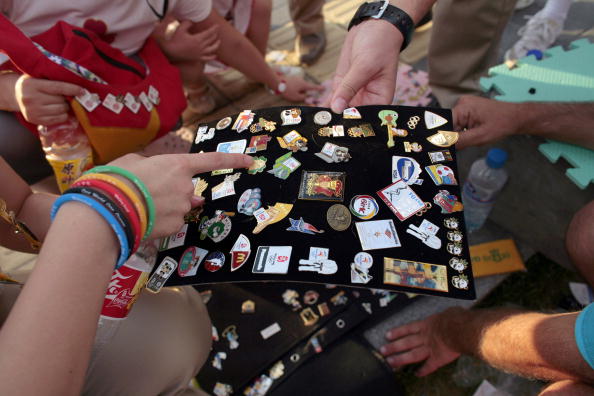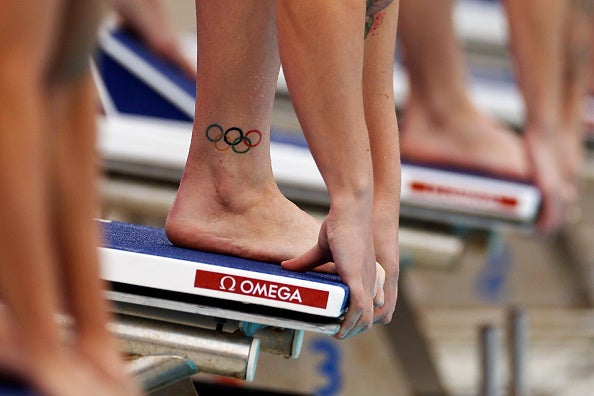Do all Team USA athletes get a tattoo of the Olympic rings? A look at traditions from the village
Paris 2024 Olympic Games run from July 26 to August 11
Support truly
independent journalism
Our mission is to deliver unbiased, fact-based reporting that holds power to account and exposes the truth.
Whether $5 or $50, every contribution counts.
Support us to deliver journalism without an agenda.

Louise Thomas
Editor
With the 2024 Olympics in full swing in the France capital, the athletes are doing more than competing and training.
As the event only happens once every four years, the Olympians are also taking the opportunity to participate in various traditions that are meant to commemorate what they spend their entire lives working to achieve. Although the traditions may appear unconventional, most of them date back decades.
Pin Trading
Similar to the pin-trading tradition in the Disney theme parks, the Olympic athletes also participate in pin-trading in the Olympic Village. The tradition dates back to one of the first Olympic games in Athens in 1896, when the Greeks would be presented with cloth pins featuring a competing country’s national anthem.
Every year, there are new pins designed by countries, the teams’ themselves, or a brand sponsor. The tradition was first reserved for only the athletes, but currently anyone attending the games can receive a lanyard to fill up with different pins.

On social media, Olympians have begun showing off their collections, with notable collectors this year including American rugby player Ilona Maher and Danish tennis player Caroline Wozniacki.
Olympic Ring Tattoos

For some athletes, they want to make sure their experience in the games is one that they never forget, which is why viewers will notice some of the Olympians have the five Olympic Rings tattooed somewhere on their body.
Chris Jacobs, a swimmer who won three medals at the 1988 Summer Olympics in Seoul, is the athlete known for first starting this tradition after noticing some of the Canadian swimmers around him with tattoos of their nation’s flag. Although Jacobs’ original version of the ink was small and hidden by his bathing suit, he gradually made it bigger and placed it on his bicep.
The trend caught on with other Olympic swimmers, such as Michael Phelps and Ryan Lochte. Eventually, other sports began to get the tattoo as well, with Olympians Nevin Harrison and American canoe sprinter and gymnast Jordan Chiles both debuting ring tattoos.
Biting Medals

Another classic souvenir for the Olympics is specifically reserved for those who place first, second, or third in their respective events. During medal ceremonies, and in the celebrations after, fans may notice that the athletes appear to be biting their medals.
The habit, which Olympians including Sarah Bacon and Kassidy Cook have participated in, is technically a relic of the past, as biting gold was an old way of determining whether or not a piece of gold was real. Gold is softer than other medals so if you bite into it and your teeth marks are visible, it is more likely that the medal is actual gold.
However, athletes now mostly bite their medals out of tradition - and not because of the medal content. Most of the current Olympic medals actually are 90 percent silver with around six grams of real gold. This year, the medals also contain a tiny piece of the Eiffel Tower.
Trading Shorts
One of the more specific traditions seen during the Olympics this year involved the rugby players, who were seen swapping their shorts. Normally, following a match, the teams tend to switch jerseys as a signal to the other team of good sportsmanship as if to say, “Good game.”
But this year, Stephen Tomasin from the US rugby team and Rodrigo Isgro from the Argentinian team swapped shorts. After the US lost, Tomasin wanted to honor the tradition of swapping but also wanted to keep his jersey as a memory of competing, according to a representative for the player. The next best option was to swap shorts instead.

Join our commenting forum
Join thought-provoking conversations, follow other Independent readers and see their replies
Comments